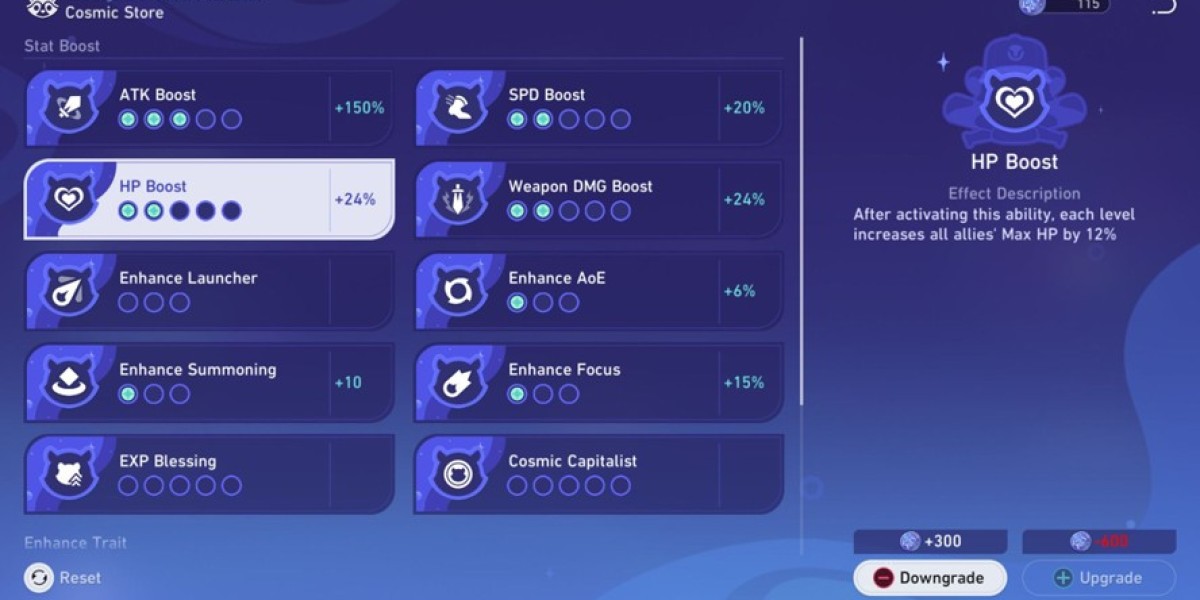Introduction:
In August 1964, a highly significant event occurred in the Gulf of Tonkin, forever shaping the course of history and propelling the United States further into the Vietnam War. This incident, commonly known as the Gulf of Tonkin Incident, involved a series of naval engagements between American and North Vietnamese forces, ultimately leading to the escalation of U.S. involvement in the Vietnam conflict. The events that unfolded during this fateful month not only intensified the already tense relations between the two nations but also laid the groundwork for an extended military intervention that would shape the destiny of Southeast Asia for the years to come.
Description:
On August 2nd, 1964, the USS Maddox, an American destroyer, was patrolling the waters of the Gulf of Tonkin off the coast of North Vietnam. While conducting intelligence operations, the Maddox reportedly made contact with three North Vietnamese Navy torpedo boats. A heated naval battle ensued, as the American ship unleashed a barrage of fire in self-defense against the enemy vessels. In the ensuing skirmish, the Maddox claimed to have inflicted severe damage on the attacking boats, disabling one and damaging the other two. Although the Americans managed to escape major harm, tensions in the region were reaching a tipping point.
Just two days later, on August 4th, 1964, reports of another confrontation emerged. The USS Maddox and USS Turner Joy, a second American destroyer, reported that they were under attack from North Vietnamese naval vessels. However, subsequent investigations and declassified documents have since revealed that the second incident was likely a result of a misunderstanding and misidentification of sonar signals, with no actual enemy aggression directed at the American ships. Despite the questionable veracity of these reports, this incident at the Gulf of Tonkin served as a crucial turning point in American foreign policy towards Vietnam.
In direct response to these events, the U.S. Congress passed the Gulf of Tonkin Resolution on August 7th, 1964. This resolution granted President Lyndon B. Johnson broad authority to use military force in Southeast Asia without officially declaring war or seeking further congressional approval. Consequently, this resolution served as the legal justification for the dramatic escalation of American involvement in Vietnam, leading to the eventual deployment of ground troops, increased bombings, and a protracted war that lasted more than a decade.
In conclusion, the Gulf of Tonkin Incident in August 1964 played a pivotal role in intensifying the Vietnam War and significantly impacting the United States' role in the conflict. The incident not only exacerbated the already-existent tensions between the U.S. and North Vietnam but also provided the legal framework for increased military intervention in Southeast Asia. This event's repercussions would be felt for years, as America's involvement in Vietnam grew in scope and complexity, eventually leading to one of the most controversial and divisive wars in modern history.








